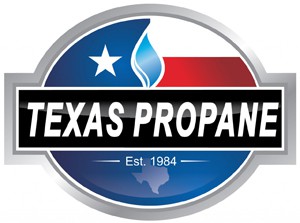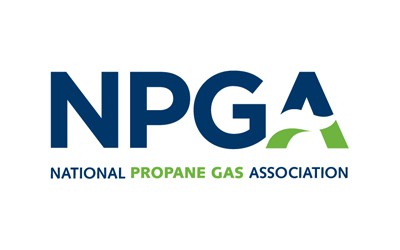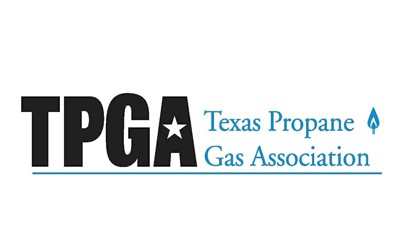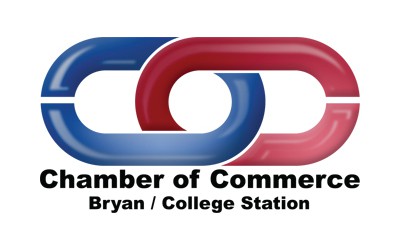Preventing Carbon Monoxide Poisoning with Propane Appliances
Requirements for Combustion
The three ingredients for combustion include fuel, ignition and air. Combustion will not occur if one of these three is missing, and even still, the ratio of air to gas must be within an acceptable range for combustion to occur. For example, a mixture consisting of equal parts propane and air will not combust with the introduction of ignition. With propane, combustion occurs when the gas in air mixture is between 2.2 and 9.6, or “limits of flammability.”
Simply put, 2.2 parts propane and 97.8 parts air is a combustible mixture as is 9.6 parts propane and 90.4 parts air. Combustion will occur anywhere between these two gas to air ratios with the “ideal burn” being about 4 parts propane and 96 parts air (1:24). This ideal ratio is considered to be the most efficient burn of propane gas when used. Complete combustion of propane is evident by a blue burning flame.
Carbon Monoxide (or Incomplete Combustion)
The production of Carbon Monoxide occurs during the incomplete combustion of propane. Incomplete combustion is within the limits of flammability, but higher or lower than the ideal ratio of 4 parts propane 96 parts air. It can occur in one or two ways:
- Lean Burn is when the ratio of propane to air is less than 4 parts propane. 2.5 parts propane to 97.5 parts air would produce a lean burn. A lean burn is made obvious when flames appear to lift away from the burner and can potentially go out.
- Rich Burn is when a ratio of propane to air is more than 4 parts propane. 8.5 parts propane to 91.5 parts air would produce a rich burn. Recognizing a rich burn is extremely simple as the flames are much larger than usual and are largely yellow in color.
Several products of incomplete combustion that are easily visible and if seen, take action immediately. Visible signs of Carbon Monoxide (incomplete combustion) include:
- burner flame appearance
- soot collecting on appliance windows such as a space heater
- formation of excessive water vapors on windows
- cool surfaces during propane appliance operation
Carbon Monoxide Poisoning and the Signs of Carbon Monoxide
Carbon Monoxide is a deadly toxic gas undetectable by smell that can harm or kill animals, plants and people. Carbon Monoxide poisoning can occur in other gases as well. It is a product of the incomplete combustion of natural gas. Having a working Carbon Monoxide detector is the best defense against Carbon Monoxide. If you notice any of the following signs, take action immediately as a high level of Carbon Monoxide is likely present.
- Aldehydes – This toxic gas is detectable by smell and gives the sensation of a metallic taste in your mouth after exposure and indicates Carbon Monoxide is most likely present.
- Health Symptoms – Carbon Monoxide poisoning causes headaches, dizziness, nausea, shortness of breath and light-headedness. Fresh air is needed immediately followed by medical attention.
- Dead Plants – Dangers levels of Carbon Monoxide are likely if plants in your home or business have all of a sudden died or are withering.
For more information on propane safety, don’t hesitate to contact us here at Texas Propane with the link below!







